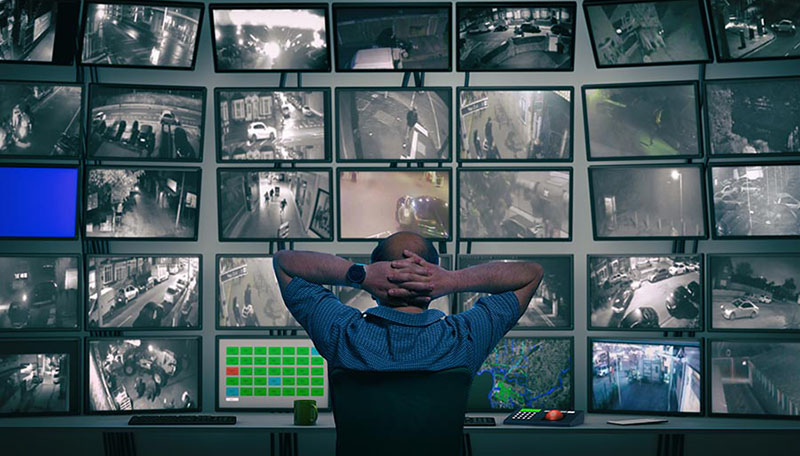
There’s so much to consider when choosing a video management system (VMS) for your company. There are different features, vendors and options to think about — and this can be overwhelming for anyone who isn’t an expert in video surveillance. If you’re just getting started with video surveillance or are thinking about upgrading your system, it can be hard to know what you need from a new VMS. This article covers everything you need to know before making a decision on which VMS is right for you and your company.
What is a Video Management System?
A video management system is a computer system for managing surveillance video, video clips and recorded video evidence. Video management systems store, manage and retrieve video recordings from IP cameras and other video sources. They also feature analytics, features for ticketing and a user interface that makes video surveillance accessible to non-technical employees.
Video management systems are sometimes called computer video surveillance (CVSS) systems, video surveillance systems (VSS), or IP video systems. You can use these systems to connect cameras, record video and monitor your premises. You can also use video management systems to record and manage footage from body cameras, dash cams and other video sources.
Video management systems make it easy to search, review and retrieve video recordings. They also help you scale your video operations and reduce the risk of lawsuits. An effective video management system can boost your company’s image and operations in many ways.
Why Use a VMS?
A VMS is like a digital hub that can manage all your video feeds and footage. If you are using a VMS, you can do things such as easily search through your footage and see what’s happening in different areas. You can also quickly view multiple cameras at once, and you can easily retrieve specific clips or footage.
The VMS will also allow you to monitor various feeds from your computer or from a mobile device. If you are using a VMS, you can view video footage from different cameras on a single screen. You can also see multiple feeds from different locations at once, which can be helpful if you have multiple businesses or are managing a large company with multiple departments.
The Different Types of VMS Software
Video management system software consists of a platform that serves as a hub for managing video feeds. There are many different VMS options available, and each VMS has its own benefits and drawbacks. Ideally, you want to find a VMS that has the features you need at a price that fits within your budget.
While there are many types of VMS software available, these are the most popular options: - Hybrid VMS: A hybrid or mixed mode VMS is a mix between a central VMS and a decentralized VMS. A hybrid VMS allows for centralized management of video feeds but also provides decentralized capabilities for local user permissions and control. - Centralized VMS: A centralized VMS is managed from a single hub. It relies on a single server and has one main database.
While centralized systems are generally easier to manage, they also have a single point of failure. - Decentralized VMS: A decentralized VMS is managed independently at each individual site. With this type of VMS, one company maintains control over its own database and servers. This offers more security and control but requires more maintenance.
How to Choose a VMS
When choosing a VMS, you should first determine what your business needs are and what is most important to you. You want to make sure that the VMS you select has the features and capabilities you require. When selecting a VMS, you should take into account the following factors: - Scalability: Will the VMS you select grow with your organization and be able to scale with your company?
You don’t want to select a VMS that doesn’t have the ability to scale and grow with your business. - Price: How much does the VMS cost? Most businesses want to find a VMS that is both reasonably priced and that has all the features and functionality they need. - Technology: What type of technology does the VMS use? Does the VMS use the type of technology that works for your company and your business? - User friendliness: Is the VMS easy to use? You want to select a VMS that is easy to use and intuitive to navigate. Ideally, you want a VMS that doesn’t require any special training.
3 Questions To Help You Choose the Best VMS
Once you’ve determined what your business’s needs are, it’s time to start looking at different VMS solutions. Before settling on one, however, you first need to answer these three important questions: -
What is the business need this VMS will solve? - What are the most important features to you? - How will this VMS benefit your business? If you can answer these three questions, you’ll be able to find the best VMS for your company.
The Global Video Management System Market size is expected to reach $34.8 billion by 2028, rising at a market growth of 22.2% CAGR during the forecast period.